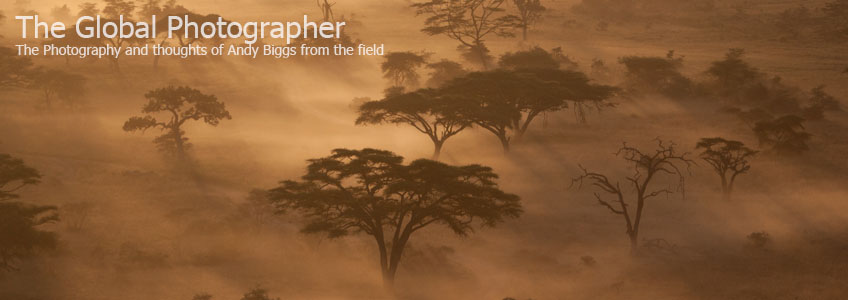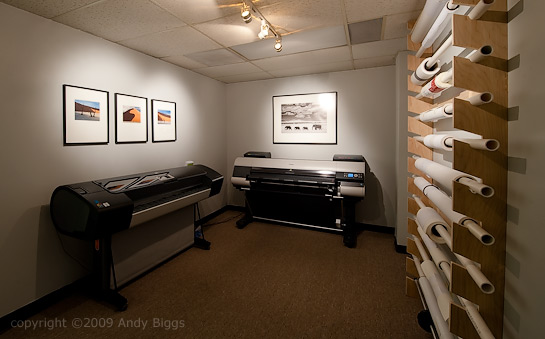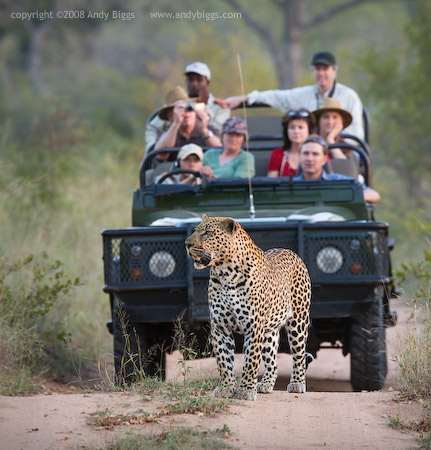
Canon 1.4x II teleconverter
What is a teleconverter?
A teleconverter is an adapter that is used in between your lens and your camera, and they typically magnify your focal length by 1.4x or 2x. If you have a Nikon lens you will get the best quality with a Nikon teleconverter, and the same goes for Canon and other lens manufacturers. I am not a fan of off-brand manufacturers, such as Kenko.
- Canon makes 1.4x and 2x teleconverters
- Nikon makes 1.4x, 1.7x and 2x teleconverters
- Other manufacturers make 1.4x teleconverters at a minimum
A 300mm lens with a 2x teleconverter becomes a 600mm effective focal length. A 400mm with a 1.4x teleconverter becomes a 560mm.

Canon 2x II teleconverter
When you use a teleconverter, you also lose light coming into the lens. With a 1.4x you lose 1 f/stop of light, a 1.7x you lose 1.5 stops, and with a 2x you lose 2 stops. With a 300mm f/2.8 lens mated to a 1.4x teleconverter you end up with a 420mm f/4 lens.

Nikon 1.7x TC-17EII teleconverter
When do we use a teleconverter?
You will want to use a teleconverter when you would like to have more focal length.
What are the downsides to using a teleconverter?
Unless you are using the best glass on the market, you are likely losing optical quality. You are also losing 1 to 2 stops of light, so you will need to make sure that you can afford the light loss. I am often shooting at ISO 1600 and above at the end of the day, and I usually do not use a teleconverter when I am at the edge of my minimum shutter speed. Additionally, some cameras cannot autofocus when a lens is wide open at f/8. For example, for Canon shooters with a 500mm f/4 and a 2x teleconverter, you will be at f/8 as your wide open aperture, and on some cameras you cannot maintain autofocus with that configuration. A big down side, for sure. Canon 1-series cameras can maintain autofocus at f/8, however only with the center AF point.

Kenko 1.4x teleconverter
Which lenses can be used with a teleconverter?
A rule of thumb is that fast telephotos are the only lenses that you can use a teleconverter with, and zoom lenses will not work. There are exceptions, but not many. Here is a short list of lenses where you can use a teleconverter, and there are certainly more:
- 70-200mm f/2.8
- 70-200mm f/4
- 300mm f/2.8
- 300mm f/4
- 400mm f/4 DO
- 400mm f/2.8
- 200-400mm f/4
- 500mm f/4
- 600mm f/4
You technically can use a teleconverter on the popular 100-400mm, but please do not attempt it. Yes, technically it will fit together, however the optical quality absolutely sucks. Really sucks. I see this attempted all of the time, and I cannot emphasize strongly enough that it isn’t worth the effort.
I always travel with at least a 1.4 teleconverter for my longest telephoto lens, so it is an easy for me to gain more focal length without carrying more lenses and more weight.
 Monday, June 28, 2010 at 01:18PM
Monday, June 28, 2010 at 01:18PM  B&H,
B&H,  digital printing in
digital printing in  News
News 









